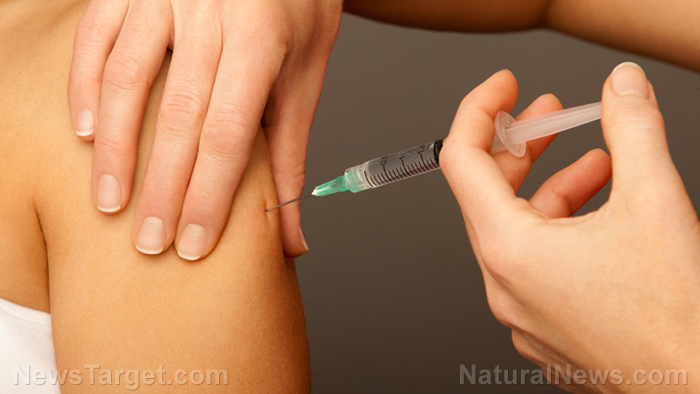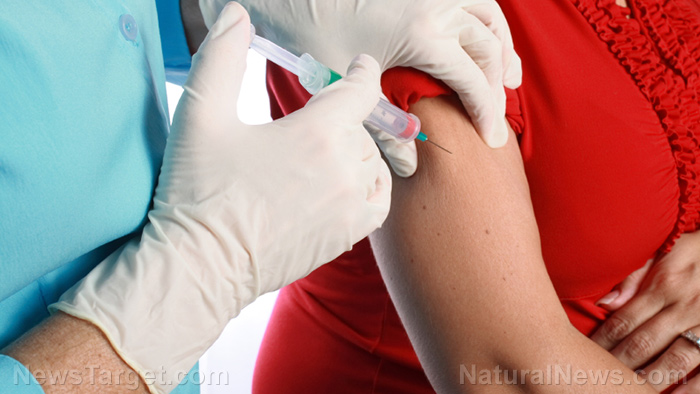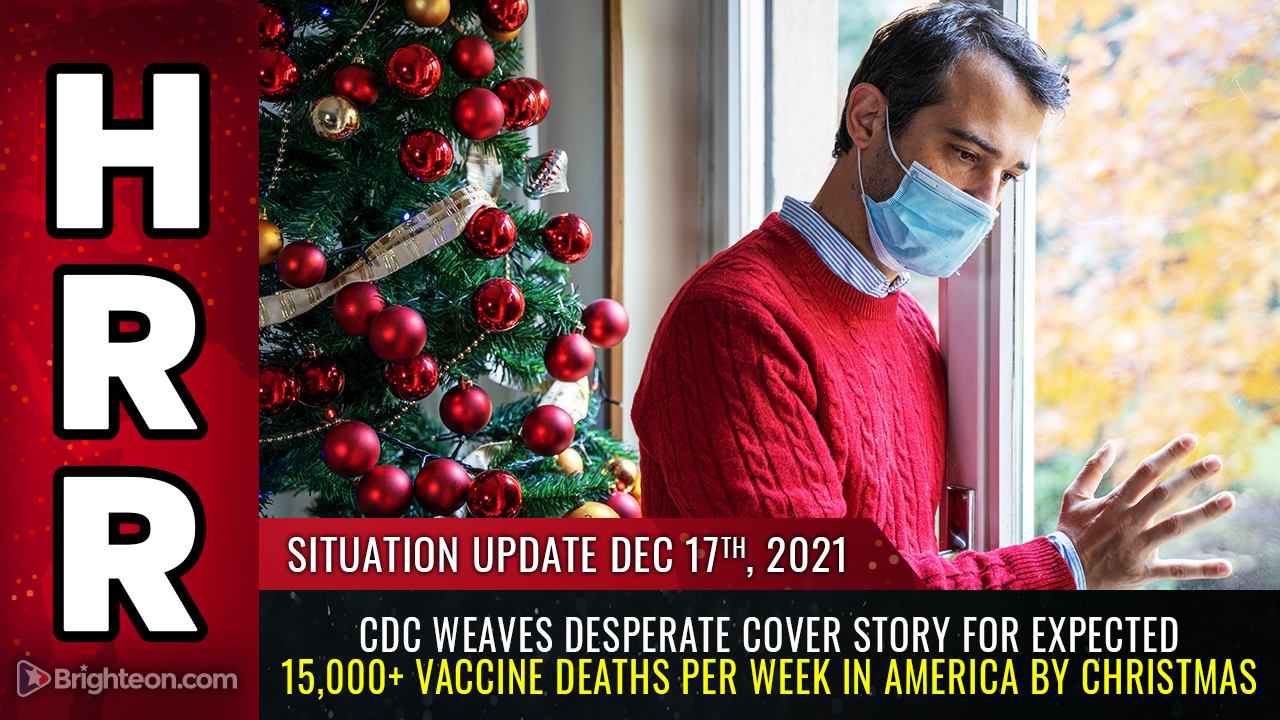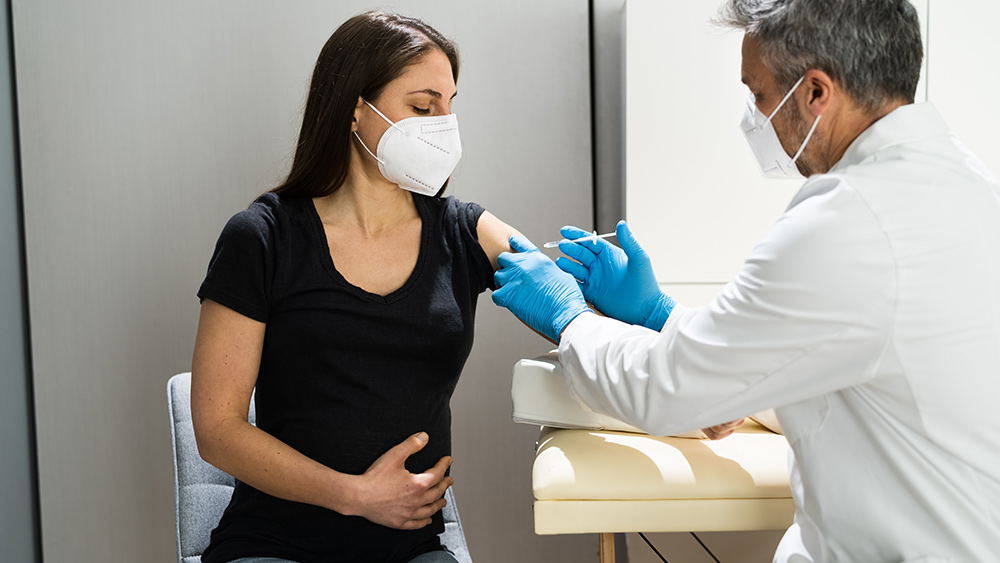J&J vaccine may cause Guillain-Barré Syndrome, warns FDA
07/25/2021 / By Mary Villareal

The Food and Drug Administration (FDA) states that Guillain-Barré Syndrome (GBS) is a potential adverse effect of the Johnson & Johnson COVID-19 vaccine. According to the agency, there have been 100 reports of the rare but serious neurological disorder, following vaccination with said vaccine as of July 13.
GBS causes inflammation of the nerves which can lead to sudden muscle weakness and loss of sensation. It can also result in complete paralysis or death in some cases.
Neurologist Kerry Levin, explained that the risk of developing GBS after getting vaccinated is extremely low: about 0.0008 percent. He also added that milder cases of the disorder may even go undiagnosed.
Reports from the FDA indicated that about 12.5 million doses of the J&J vaccine have been administered — about 8 percent of the population of fully vaccinated people in America. Of these, only around 100 had resulted in cases of GBS with 95 considered serious cases that required hospitalization. One man, a 57-year-old with preexisting conditions, died.
Officials add Guillain-Barré Syndrome as adverse effect of J&J vaccine
In response to the reports, the Centers for Disease Control and Prevention (CDC) officially added GBS as a possible effect of the J&J vaccine. In doing so, the agency admitted that the data “indicates a small possible risk” for people who received the vaccine.
The FDA also stated that there is not enough data to prove whether or not the J&J vaccine caused GBS, or whether the mRNA vaccines from Pfizer or Moderna vaccines were associated with the elevated risk of the condition. CNBC reported that in comparison to the J&J vaccine, there has been roughly one case of GBS per million doses for those who received the mRNA vaccines.
This new warning is the latest setback for the company, which recently suffered from production problems of its vaccine, as well as other concerns relating to a potentially life-threatening and blood clotting disorder associated with its vaccines. (Related: Johnson & Johnson vaccine under investigation over deadly blood clot cases.)
Symptoms of Guillain-Barré Syndrome
GBS symptoms come suddenly and progress quickly, reaching the height of the condition within two to four weeks. Meanwhile, FDA says that people who experienced GBS following the J&J vaccine –mostly men with a median age over 50 — were diagnosed within 42 days after their injection.
Levin says that the typical progression of GBS starts from the legs before moving up to the arms over a one- to four-week period. He went on to explain that these symptoms can be accompanied by “progressive heaviness and weakness in the legs the arms, and later on, there can be difficulty with swallowing and breathing, but those are unlikely to be initial presentations.”
It is also more common to get GBS from infection than from vaccination. The U.S. sees an estimated 3,000 to 6,000 cases of GBS each year. These are typically triggered by a viral or bacterial infection such as the flu and even COVID-19.
But in rare cases, there have been individuals who developed GBS after receiving other types of vaccines, such as the flu shot.
“There’s evidence that GBS is an autoimmune reaction in which the body produces antibodies directed toward myelin, the insulation of the nerves,” Dr. Levin shared. “Vaccines tend to rev up your immune system, which could rev up antibodies that recognize different tissues within your body as foreign — even though, of course, they are not foreign.”
Read more about COVID-19 vaccination updates at Pandemic.news.
Sources include:
Tagged Under: adverse reactions, brain damage, covid-19, COVID-19 vaccine, FDA, GBS, Guillain-Barré syndrome, health, Johnson & Johnson, neurological disorders, neurology, side effects, vaccine damage, Vaccine injuries, vaccines
RECENT NEWS & ARTICLES
Vaccines.News is a fact-based public education website published by Vaccines News Features, LLC.
All content copyright © 2018 by Vaccines News Features, LLC.
Contact Us with Tips or Corrections
All trademarks, registered trademarks and servicemarks mentioned on this site are the property of their respective owners.





















